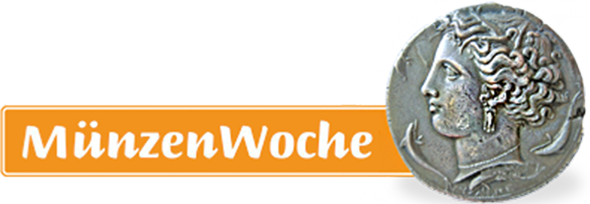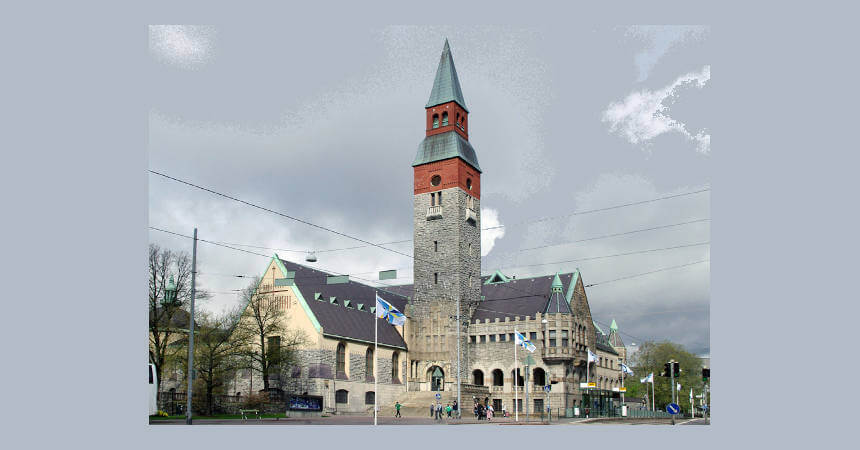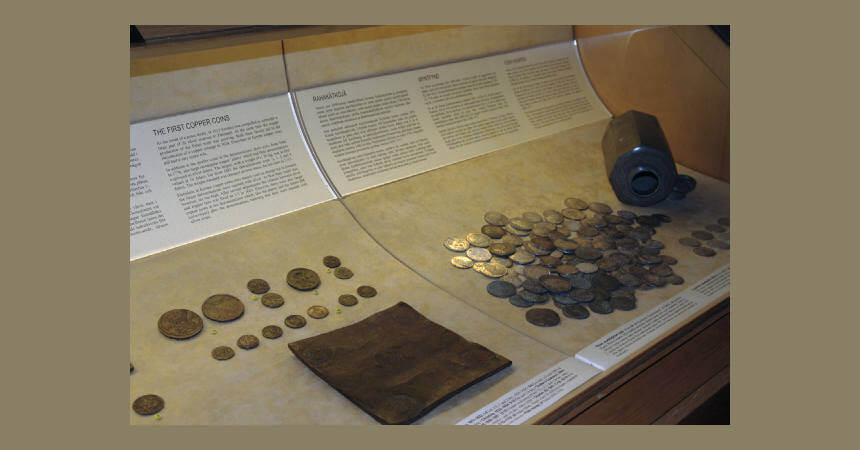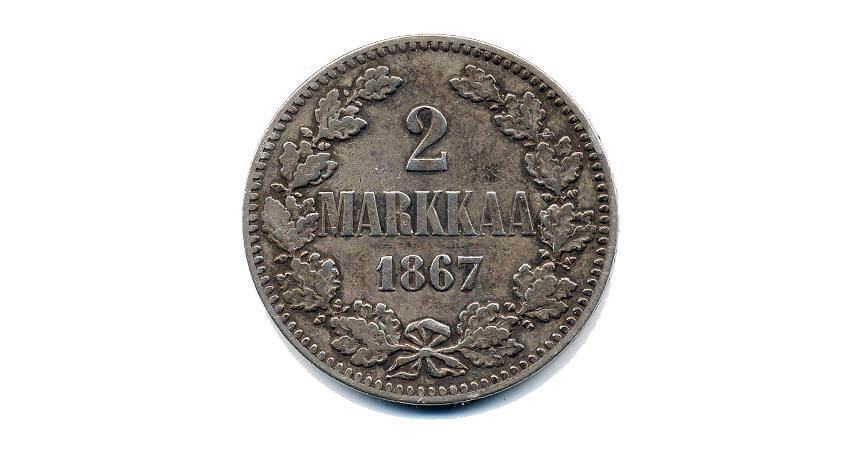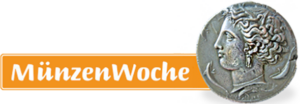National Museum of Finland
Wenn es kein Logo gibt, wird diese Spalte einfach leer gelassen. Das Bild oben bitte löschen.
(Dieser Text wird nicht dargestellt.)
Mannerheimintie 34
00100 Helsinki
Tel: +358 (0)40 128 6469
The building that houses Finland’s National Museum was opened to the public in 1916. Its numismatic exhibition of coins, medals, banknotes, orders, and decorations of more than 20 display cases is located in the “Treasure Trove” section of the Museum’s lower level. With few exceptions, all text is trilingual: Finnish, Swedish, and English. Visitors are first guided through a small anteroom that has a few cases for new numismatic acquisitions. There is also a bust of Dr. H.F. Antell (1847-1893), a Finnish physician who collected coins, antiquities, and art, much of which is now found in both the National Museum of Finland and Finnish National Gallery.
The Main Gallery
In the main gallery are more than 15 displays covering a wide range of numismatic material illustrating a small portion of the Museum’s 210,000 coins, medals and other objects, including 58,000 items from the University of Helsinki Collection.
Starting with the “What is Money” case, visitors can view examples of various types of currency, such as postage stamp money and banknotes. “The Origins of Coinage” case begins the evolution of coins from Lydia, made from a naturally occurring electrum silver-gold alloy from around 650 BC. Eventually the Greeks made their coins using silver, gold, and copper. Other examples are those of Chinese money shaped like knives and spades cast in bronze.
History of Money in Finland
Six cases cover the history of money in Finland, it being ruled at various times by Sweden for six centuries and Russia from 1809 until its independence in 1917. Roman coins are displayed in the archeological exhibition of the Museum.
When part of Sweden, the monetary system was based on the mark, equal to 192 pennies. In the late 15th century, the örtug was equal to 8 pennies. Later denominations are shown, such as the öre, daler, and riksdaler, which were part of 16th-century monetary reforms. It was not until 1624 that copper coins were introduced. Between 1644 and 1776, the familiar rectangular Swedish copper plate money was produced.
Outside of Sweden, this Museum probably has one of the best collections of plate money with over 25 specimens on display. Not all copper plate money is from Sweden; on display is a rare Russian 1726 10-kopeck plate.
Shown are several hoards, such as the Viensuu Hoard from Pielisjärvi, consisting of 585 Russian kopecks of the “wire money” type from the reign of Ivan the Terrible to 1610.
There is a significant grouping of 450 medals: Finnish (12 exhibits), Russian (1801- 1917, in 3 exhibits), and Swedish (1560-1809, in 4 exhibits), and four exhibits of medallic art.
The only part of the exhibition that is solely in the Finnish language is the complete
collection of Finnish banknotes from 1811 through the final series before changing to
the euro.
Orders and Decorations
An adjacent room displays 150 of Sweden’s orders & decorations in two floormounted and four wall-mounted displays. The most interesting of these is the Order of the White Rose of Finland Grand Cross with Collar, one of three official orders of Finland. The original collar’s design, dating from 1919, had nine pairs of swastikas and white roses. Even though the swastika has long been a symbol associated with ancient civilizations of the Indus valley rather than the Nazis, it was replaced in 1963 by fir crosses on the collar.
This text was written by Howard M. Berlin and first published in his book Numismatourist in 2014.
You can order his numismatic guidebook at Amazon.
Howard M. Berlin has his own website.





